Two Deserts, Two Worlds: Wahiba Sands & Rub Al Khali
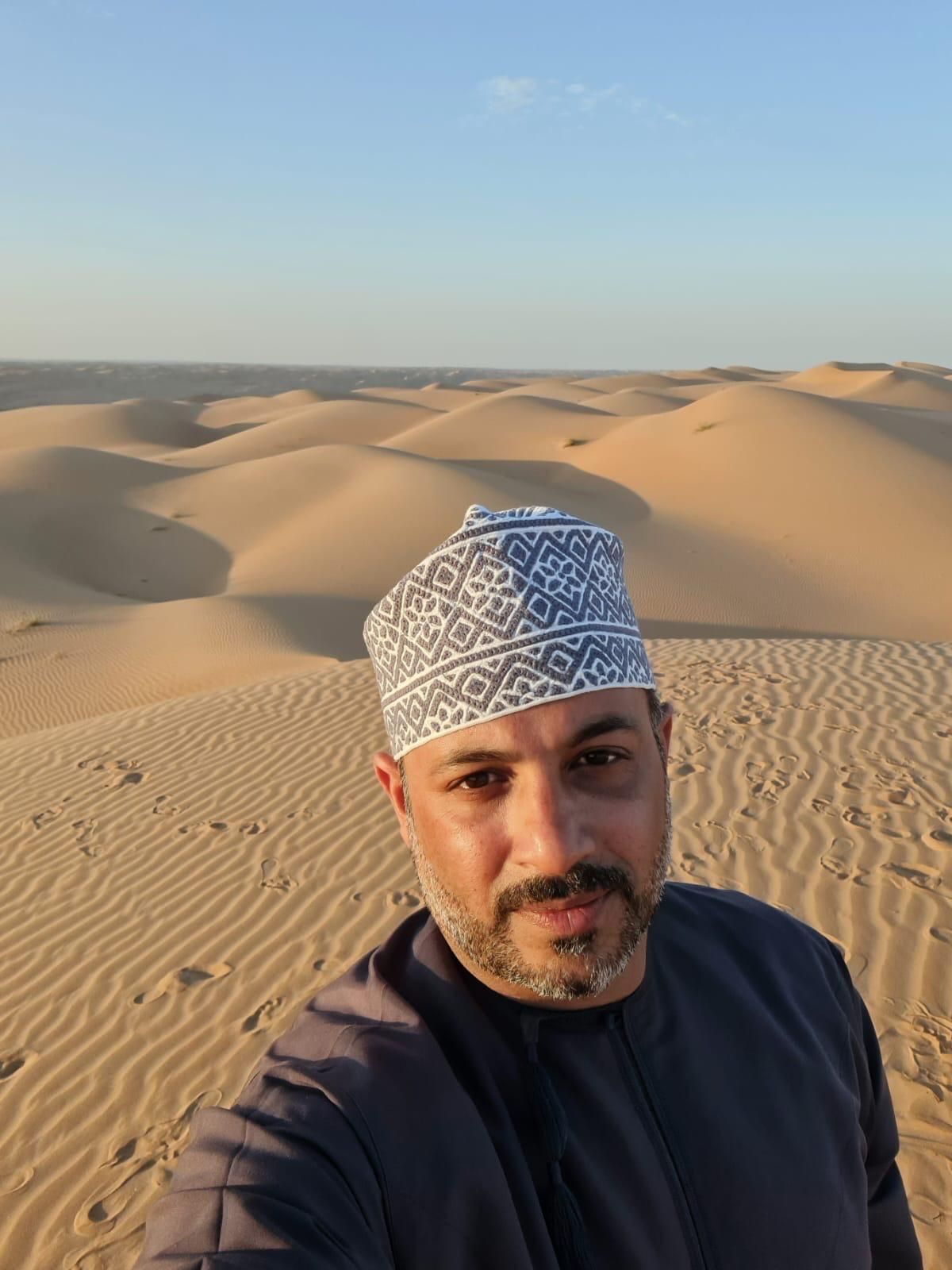
Different in every way - except the silence.
Hi, it's Ahmed - your Local Lynx.
Oman is home to two of the most remarkable deserts on the Arabian Peninsula: Wahiba Sands (also known Ash Sharqiyah Sands) and the Rub’ Al Khali – The Empty Quarter.
In this blog post, we explore the golden dunes and Bedouin life of Wahiba Sands, contrasted with the remote, immense silent of the Rub Al Khali. From camel caravans to untouched wilderness, discover what makes each desert unique and why experiencing both gives you a deeper understanding of Oman’s diverse terrain.
Wahiba Sands: The Living Desert
Wahiba Sands is what many imagine when they think of an Arabian desert: sweeping sand dunes, camels, and Bedouin camps. Located just a few hours from Muscat, it's accessible, well explored, and deeply connected to Oman’s living culture.
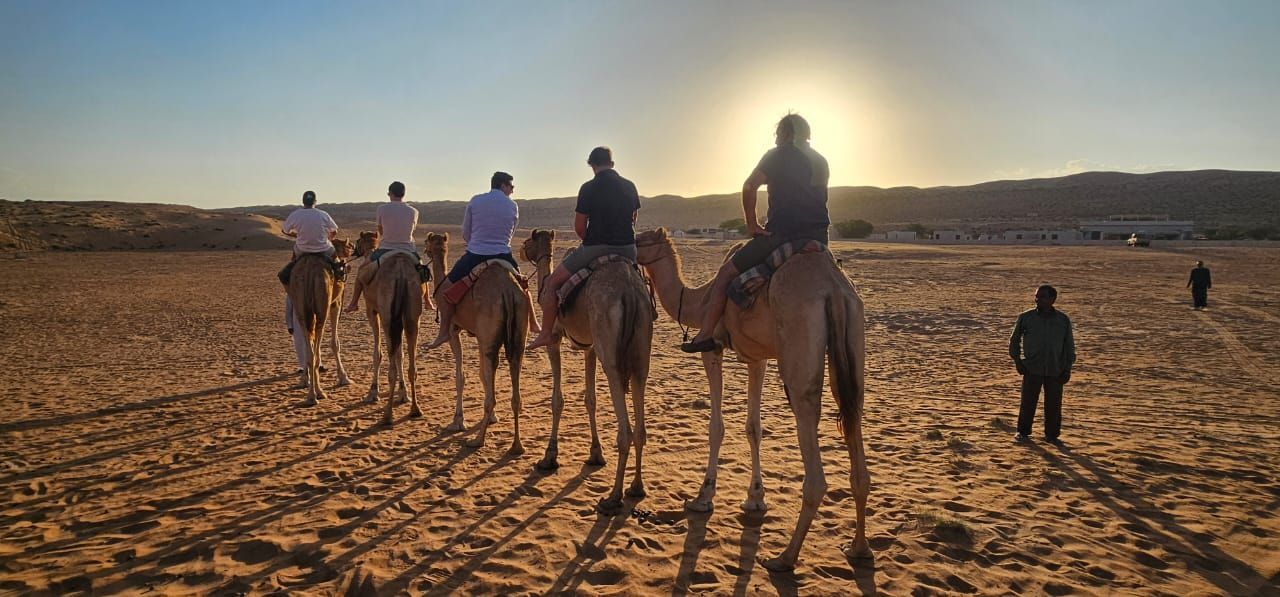
The dunes here are typically golden to pale orange and their shapes are soft, flowing, and often rounded - sometimes rising to around 100 meters. In between the dunes are smaller basins and valleys, dotted with hardy desert shrubs and sometimes even wild camels.
Local Bedouin families still live in the area, and many run guest camps or camel trekking tours. Wahiba is perfect for dune bashing, stargazing, cultural encounters, and shorter camel treks.
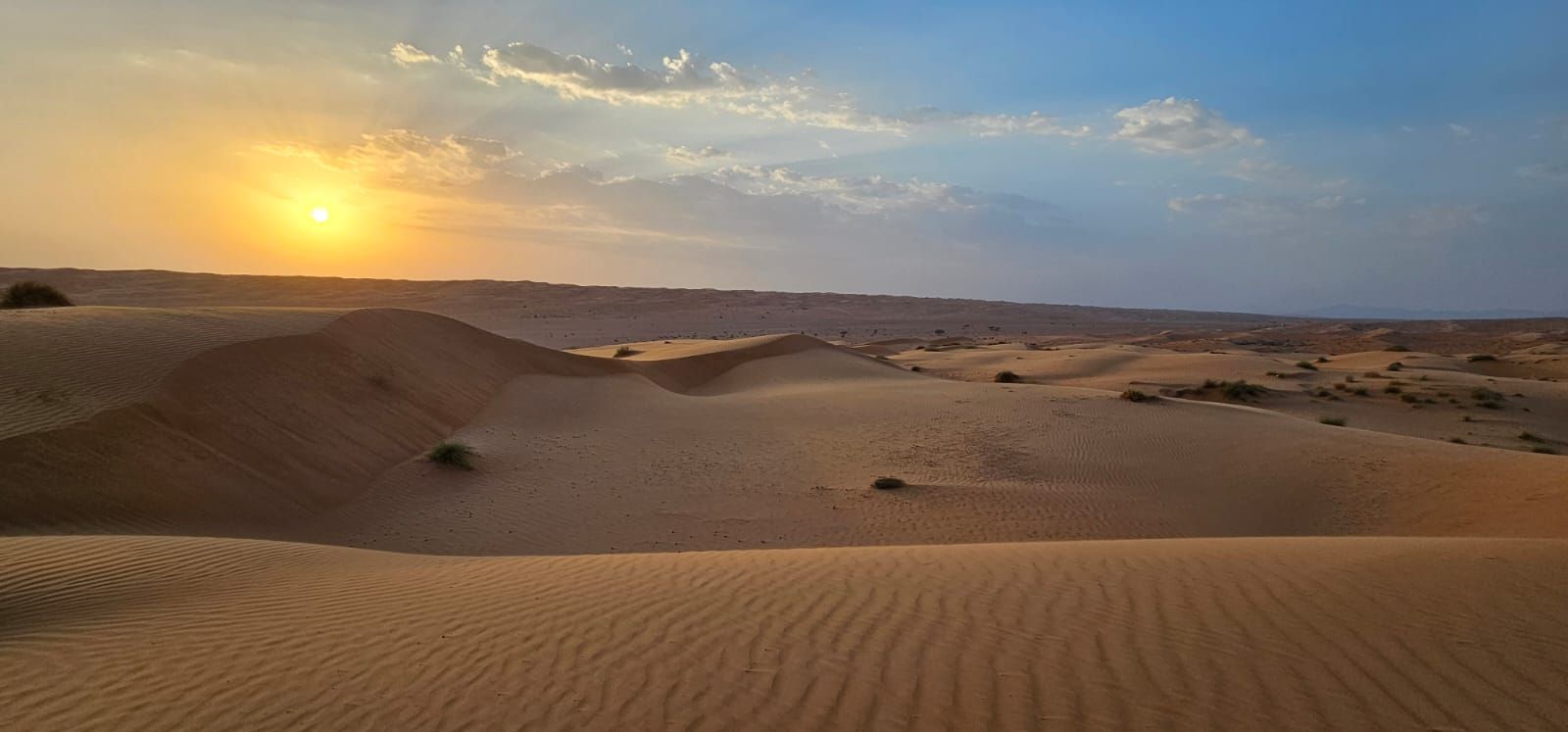
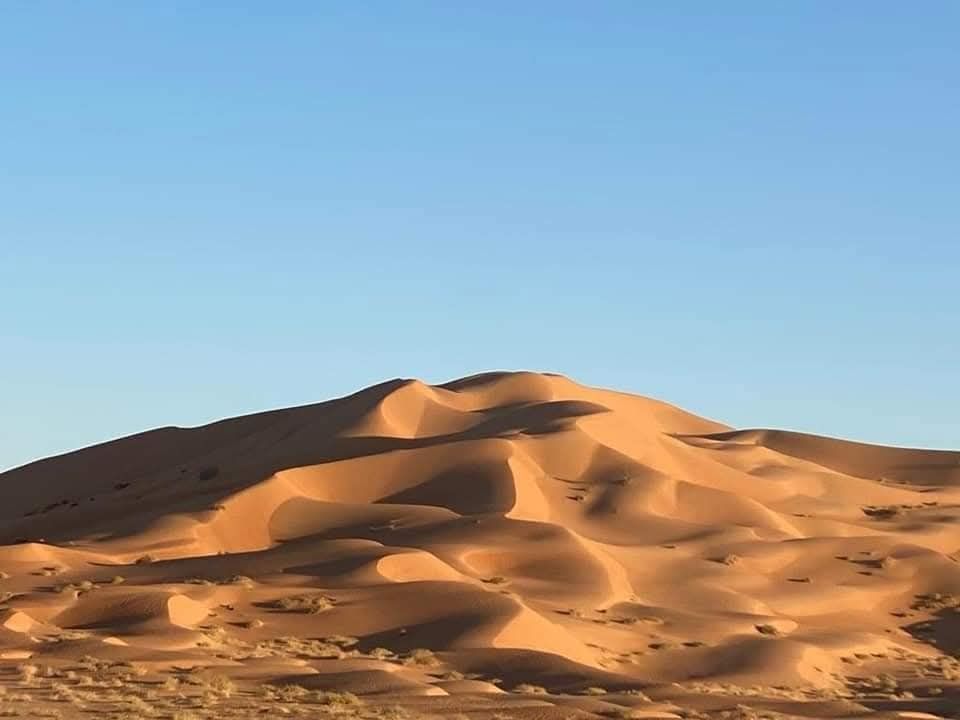
Rub’ Al Khali: The Empty Quarter
The Rub’ Al Khali - literally the Empty Quarter- is a desert on another scale entirely. One of the most extreme and remote deserts on earth, stretching across Oman, Saudi Arabia, the UAE, and Yemen, it covers over 650,000 square kilometers. Only a small slice lies in Oman’s far southwest, but even that is vast and deeply humbling. This desert is raw and empty in a way few places on earth still are.
The terrain here is more severe and majestic than in Wahiba. Dunes can reach heights of 250 meters rising sharply into the sky like a frozen ocean. The valleys between them are wider and flatter, often appearing like ancient seabeds or salt plains.
Colors shift dramatically from deep orange and red to silver and even white depending on the mineral content and time of day. There are no Bedouin villages inside the Rub’ Al Khali - only the occasional oil pipeline or fossilized tree root reminds you that life ever touched this place.
This is not a desert to explore on a whim. Travel in the Empty Quarter requires careful planning and a guide who really knows the terrain. Reliable off-road vehicles, satellite communication, sufficient water, fuel and other supplies are indispensable. But for those who make the effort, it offers an unmatched sense of isolation and scale. It's a once in a lifetime expedition into a place that feels utterly outside time.
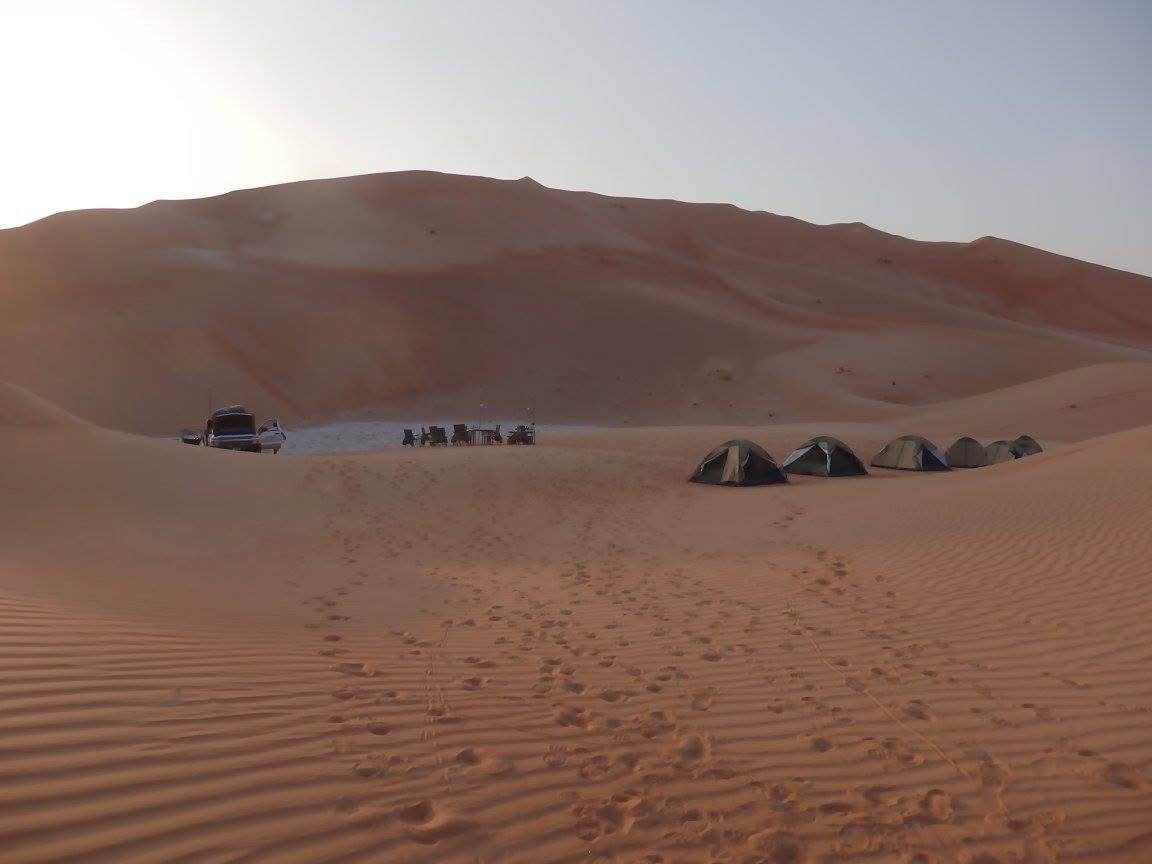
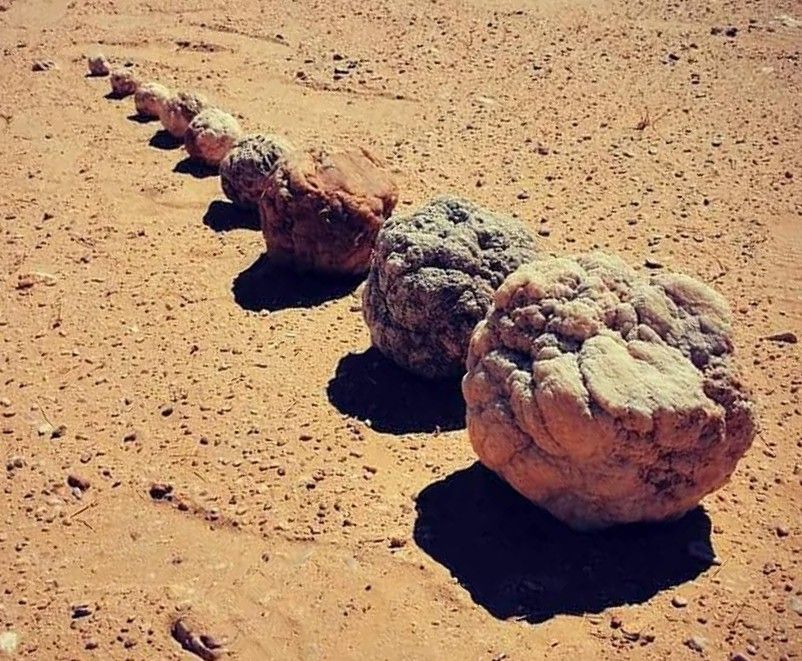
While the Wahiba Sands dazzles with shifting dunes and cultural encounters, the Rub Al Khali hides treasures of a different kind: geodes - seemingly ordinary rocks that reveal extraordinary beauty when broken open.
These hollow stones, often lined with shimmering quartz crystals, form over millions of years through a slow geological process involving volcanic activity and mineral rich groundwater. In the Oman's southern deserts, particularly near the fringes of the empty quarter, geodes can sometimes be found by sharp eyed travelers.
While not common enough to be a guaranteed fined, stumbling across one is a reminder that even in this vast, harsh, and seemingly lifeless environment, nature has a way of surprising those who take the time to look a little closer.
Deep inside the dunes, almost in the center of the Wahiba Sands stands Jami’ Al Karim – a brilliant white mosque commissioned by the late Sultan Qaboos to serve the scattered Bedouin families who live far from any town.
The building covers roughly 792 square meters and is surrounded on all sides by shifting sand and silence. Its single golden dome and strikingly detailed minaret rise like a mirage offering both a place of worship and a welcome waypoint for travelers crossing the Wahiba desert.
Often described as surreal, this desert mosque has become somewhat of a hidden cultural landmark - a quiet reminder that even in the emptiest corners of the desert, spiritual life endures and thrives.
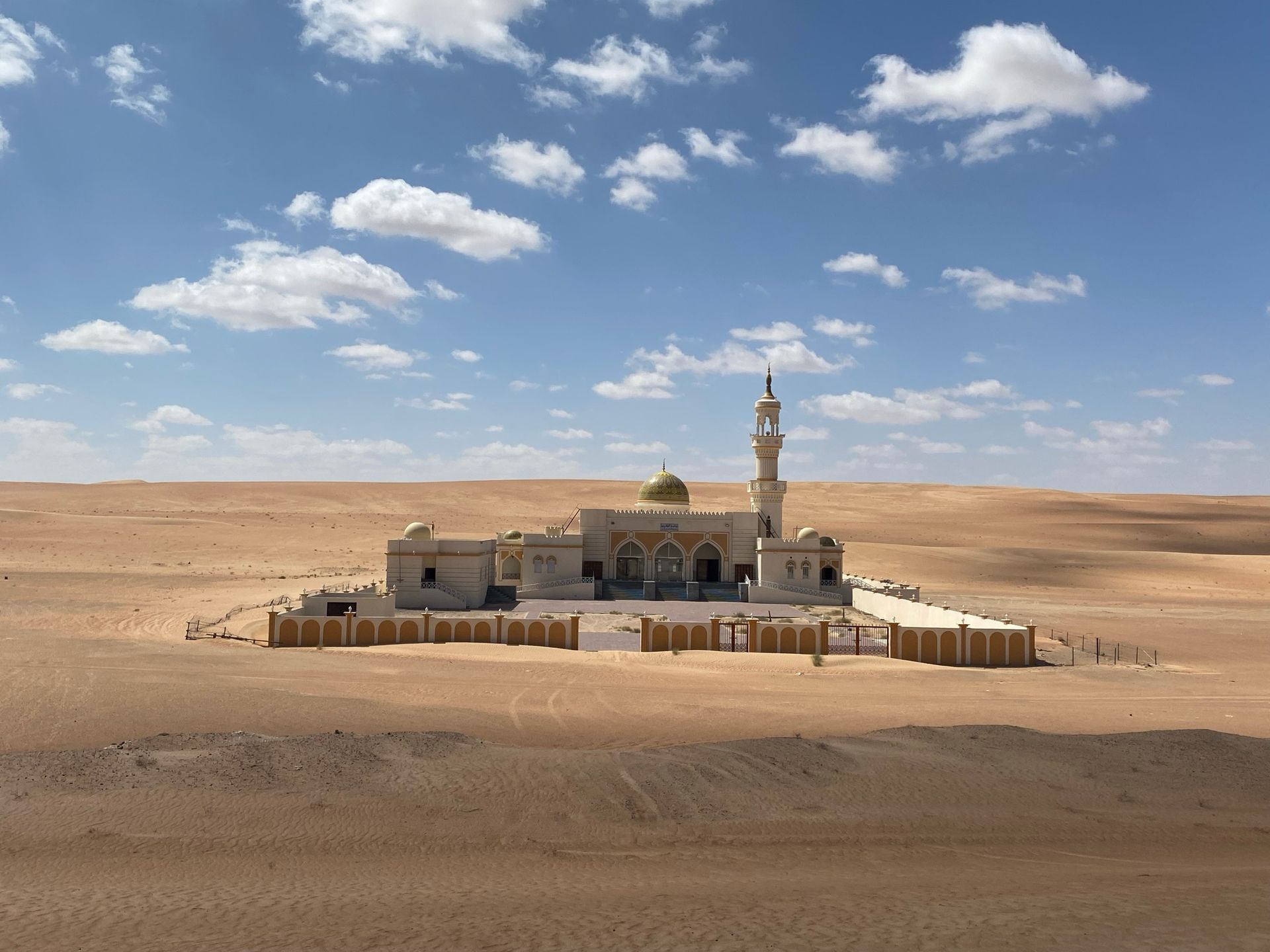
Which one should you visit?
If you're curious about Bedouin life, want a family-friendly or more accessible experience, and dream of riding a camel at sunset, Wahiba Sands is the one.
Choose the Empty Quarter if you crave wilderness, silence, dramatic landscapes and complete detachment from the modern world - and if you are prepared to go remote.
Though they share the name “desert”, Wahiba Sands and the Rub’ Al Khali tell two different stories. One is intimate and inhabited, the other immense and untouchable, one whispers with footsteps and campfire smoke, the other booms in silence and wind. Visit either - or both - and you'll understand how the desert, too, wears many faces.




